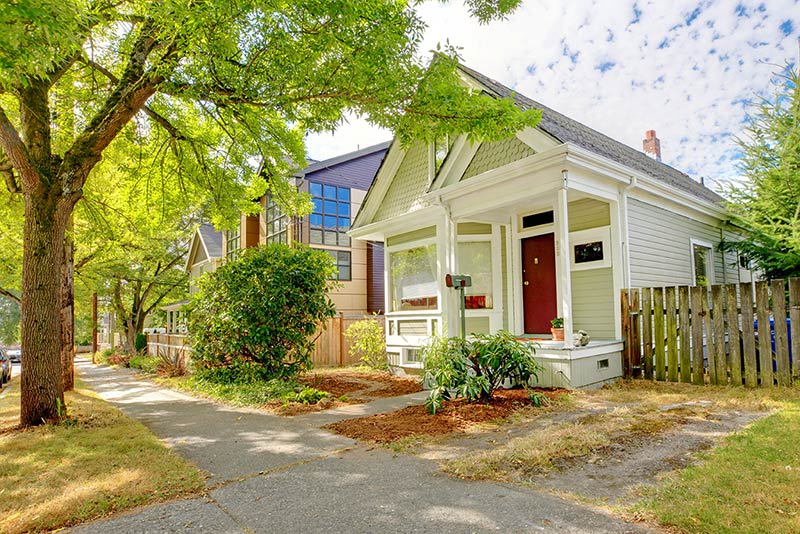
In this two part post, we’ll discuss how to select and buy the best tree for your specific environment and landscaping. Part one will cover selection of the tree variety and proper placement and part two will discuss purchasing a tree.
Whether you’re replacing a fallen or removed tree or just want to spruce up your landscaping, making educated decisions about function, placement, potential issues such as pests and environmental factors will ensure that you make a worthwhile, long-term investment that benefits both you and the tree.
The big question is always: What kind of tree should I plant? To answer that question, you must answer a few others first…
What function will the tree serve?
- Large deciduous shade trees that lose their leave in fall provide relief from summer heat while allowing winter sun to heat a house.
- Ornamental trees provide a beautiful highlight to a landscape with flowers, leaves, bark and even fruit.
- Evergreens can provide a shield from wind and weather as well as privacy from neighbors.
- Fruit producing trees can attract interesting wildlife
- Street trees help filter pollutants, reduce runoff, add oxygen and improve the overall feel of a neighborhood.
What form and size of tree will work best in the space?
- Low spreading trees can be planted closer to overhead power and utility lines
- Narrow trees and evergreens may be planted closer to structures.
- Trees with large canopies can create an arbor over structures, driveways, walkways and streets.
What are the potential issues and environmental factors?
- Assessing the soil condition is crucial to enabling a tree to thrive. Things such as soil compaction, drainage and pH levels all need to be accounted for.
- Sun exposure is one of the most important factors in selecting a tree. How does the exposure differ between summer and winter? Does the area receive enough direct sunlight for the desired species of tree?
- Certain species of trees attract pests. Some are more easily controlled than others. Some are a mere nuisance while others are life threatening to the tree itself as well as the surrounding landscape.
- Some trees handle hotter or colder conditions better than others. Some are very drought tolerant while others prefer a very wet climate. Select a tree that fits with your climate and maintenance capabilities.
There are many factors that go into selecting the proper tree for your landscape but making educated decisions will benefit you and increase the value of your landscape and property in the long run. Contact Full Circle Tree & Shrub if you need some help selecting the proper tree.
